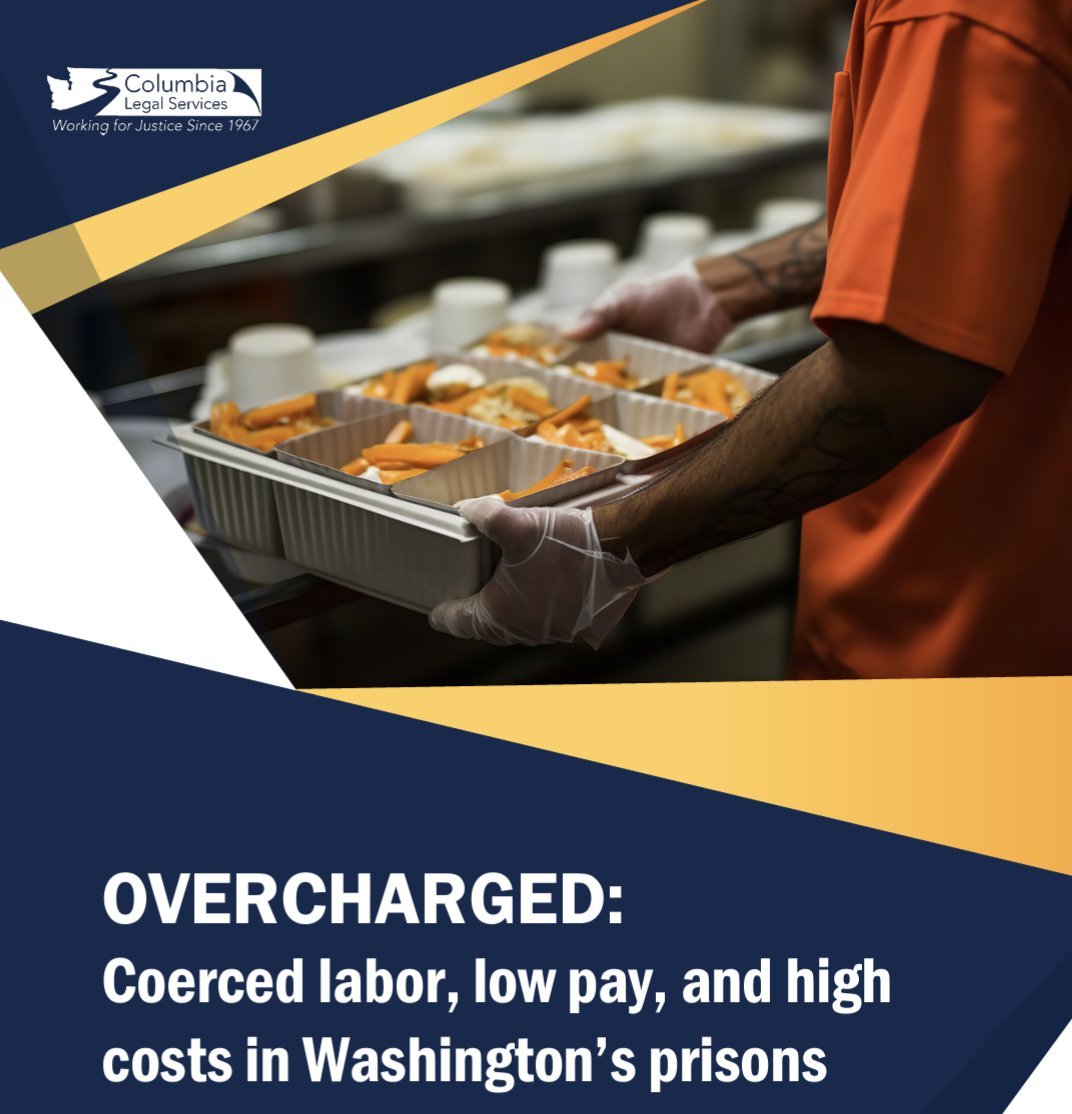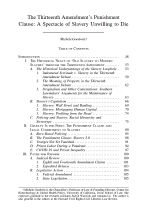By The Council of State Governments Justice Center
This report highlights the significant progress made in reducing recidivism across the country over the past 15 years. Since its passage in 2008, the Second Chance Act has invested in state and local efforts to improve outcomes for people leaving prison and jail, with a total of nearly 1,200 grantees from 48 states and 3 territories administering programs that have served more than 400,000 people.
For the past 15 years, federal, state, local, and Tribal governments, as well as community-based organizations across the country, have been focused on reducing recidivism like never before. This report answers three critical questions:
What progress has been made?
State-level reincarceration rates are 23 percent lower since 2008.
Fewer returns to custody mean that more people can rejoin their families and contribute in their communities. States are achieving these rates with changes in policy and by increasing opportunities and resources to support employment and connections to behavioral health care and housing.
How much could states save by reducing recidivism further?
Despite the progress made, states will spend an estimated $8 billion on reincarceration costs for people who exited prison in 2022.
Scaling effective policies and reentry models can reduce the economic and human costs of recidivism, while creating meaningful opportunities for returning people to contribute to the workforce and their families and communities.
Are states ready to expand their efforts?
In the past year, leaders in Missouri, Alabama, North Carolina, and Nebraska have set bold goals for reducing recidivism and improving reentry outcomes further by 2030.
The goals include increasing access to treatment, mental health services, and medical care; improving individuals’ economic independence by ensuring they are better prepared for work and have access to employment; and increasing access to stable housing.
New York: Council of State Governments Justice Center, 2024.





















